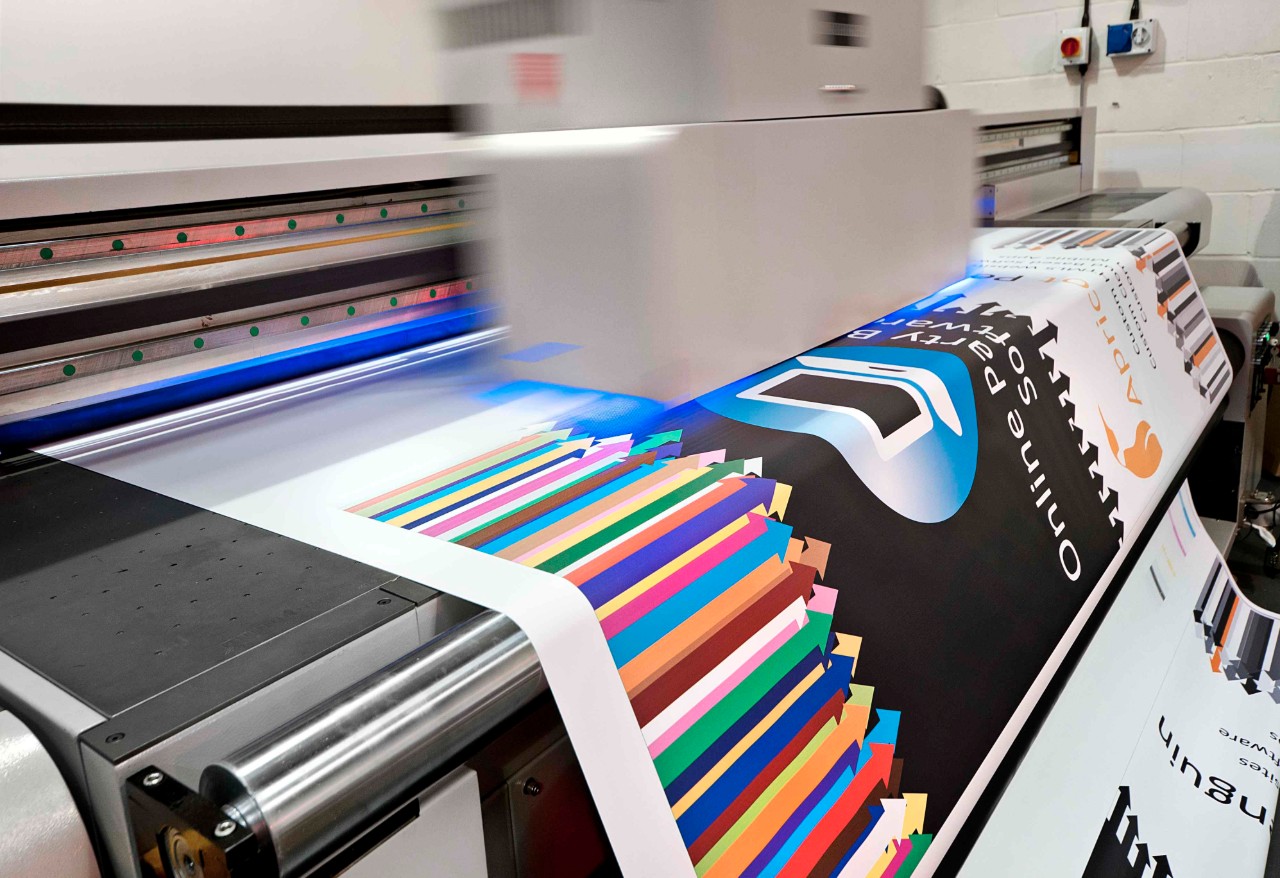For most people, printing is merely printing. They are unaware of the nuances of its types, digital and offset. From the customer’s point of view, digital printing is more suited for printing short runs, and offset is more appropriate for larger volume. While both printing types produce high-quality prints, there are few other aspects in which they differ significantly.
So, before you go online in search of a variety of print-related InkFactory voucher codes such as Avery weprint promo codes, let us discuss them in brief and try to settle the debate between Offset and digital printing.
What exactly is Offset printing?
The technology of offset printing principally uses aluminium plates to transfer images onto a blanket of rubber. Then the photos get rolled onto paper sheets to make other prints. The name offset printing hence comes from the concept that the ink is not directly transferred onto paper sheets but through plates.
The initial setup of an offset press might be complicated, but once that is established, it is sure to run smoothly and efficiently. Due to this, offset printing is the obvious choice when it comes to large volume printing. They provide accuracy in colour and reproduce clean and sharp looking professional-quality prints.
What does digital printing involve?
On the other hand, digital printing doesn’t concern us with plates like its counterpart. It uses different options, such as toners that use liquid ink. In practicality, digital printing is best suited for lower quantity printing purposes, such as a bunch of greeting cards or around six dozen flyers.
Moreover, digital printing offers you the benefit of variable data printing, such as instances when a unique code or name needs to print on each item. Offset printing cannot afford such a requirement. Hence digital printing is the way to go. It also provides high-quality printing similar to offset prints where the colour and imprint quality is high class.
Which should we go for, and when?
As mentioned earlier, both offset printing and digital printing do not vary much in printing quality but in their process and applicability. Most Individual and business printing requirements do not need more than 100 runs, and hence they opt for digital printing. In case your printing involves copies amounting to more than 200 or 300, offset is the way to go for you.





